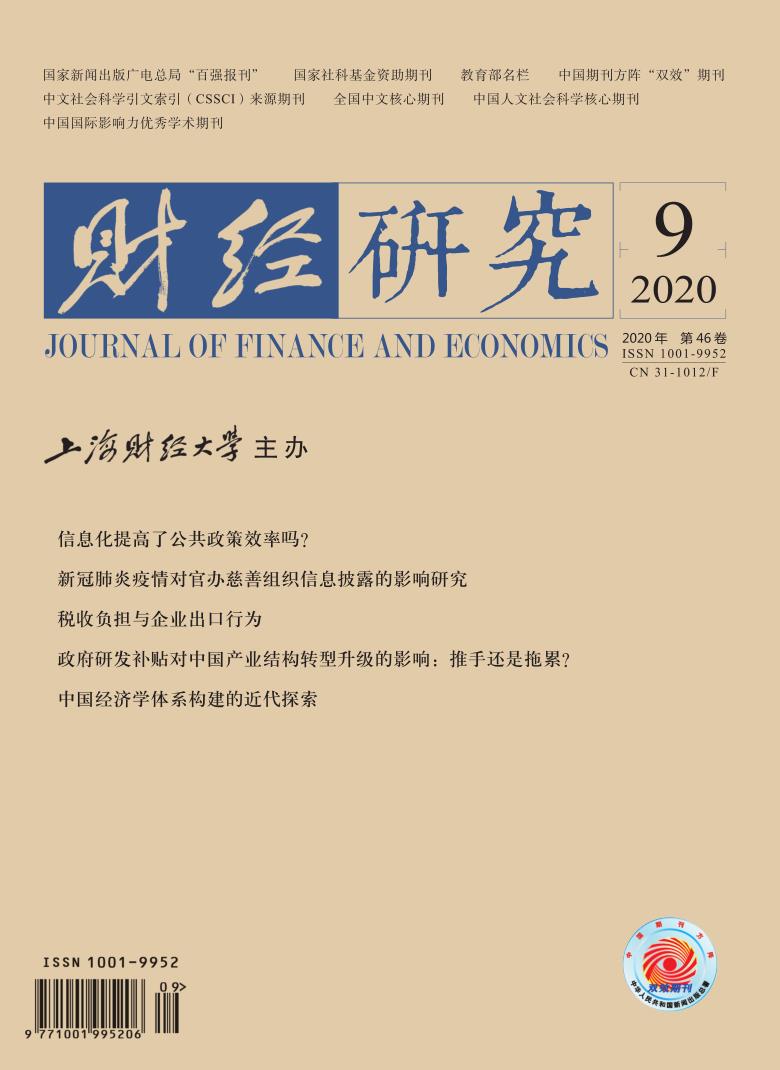Considering that the traditional capital-driven growth mode becomes unsustainable after China enters the “new normal” stage in 2012, it is of great significance to achieve innovation-driven growth mode. As an important part of a country’s economy, the financial sector promotes economic growth by absorbing idle funds and taking advantage of scale economies. Generally speaking, the credit allocation function can be classified into two categories: one is the quantity effect that accelerates physical capital accumulation; another is the efficiency effect that improves total factor productivity. Hence, it is crucial to exploit the efficiency effect of the financial system to improve the quality of China’s economic growth.
By utilizing the 2009 bank deregulation on small- and medium-sized commercial banks as a quasi-natural experiment, this paper examines how banking sector expansion affects resource allocation and economic growth using the difference-in-differences(DID)method. The empirical results show that banking sector expansion significantly deteriorates resource allocation efficiency, leading to potential loss on credit supply. Moreover, although banking sector expansion improves resource allocation via asymmetric effects on firm productivity, it reduces the probability of firms with lower productivity exiting the market, which dominates the resource allocation effect of banking sector expansion. Further, banking sector expansion significantly promotes credit scale and economic growth. More specifically, the credit scale effect is more predominant than the resource allocation effect, which is consistent with the status of financial repression in China. In addition, the negative(positive)effect of banking sector expansion on resource allocation efficiency(economic growth)is stronger for cities with lower(higher)marketization degree and more(less)government interventions.
Our findings have importantly implications: First, market-oriented banking reform is effective on the whole and should be continuously strengthened. Second, in addition to strengthening the scale effect of credit, the important direction of China’s banking reform should shift to the effect of credit reallocation, i.e., guiding more credit to productive enterprises. Third, to make full use of the market’s resource allocation function, it is remarkable to build a good market environment and reduce administrative intervention.
This paper relates to the literature in three ways: First, while previous studies investigate how banking sector expansion affects firms’ financial constraints and productivity, our study focuses on its effects on resource allocation efficiency and economic growth. Second, even though a plenty of previous studies explore how the market structure and competition of banking industry affect economic growth and firms’ investment and financing decisions, little is known about the effect of the bank deregulation implemented in 2009, and our study fills this gap. Third, given that there is potential endogeneity in the existing literature when they commonly use OLS and GMM estimators, we design a DID estimation to identify causality.





 7297
7297  5870
5870

